Humans have revered birds for millennia for their extraordinary colors. However, have you ever wondered, “Why do birds have colorful feathers,” or “What colors can birds see?”
The primary reason birds have colorful feathers is due to sexual selection, where a flashier bird with brighter plumage is more likely to be successful and produce more offspring.
The four subcategories that result from the primary reason why birds have colorful feathers are:
- Honest signaling
- Sexual dimorphism
- Crypsis
- Age discernment
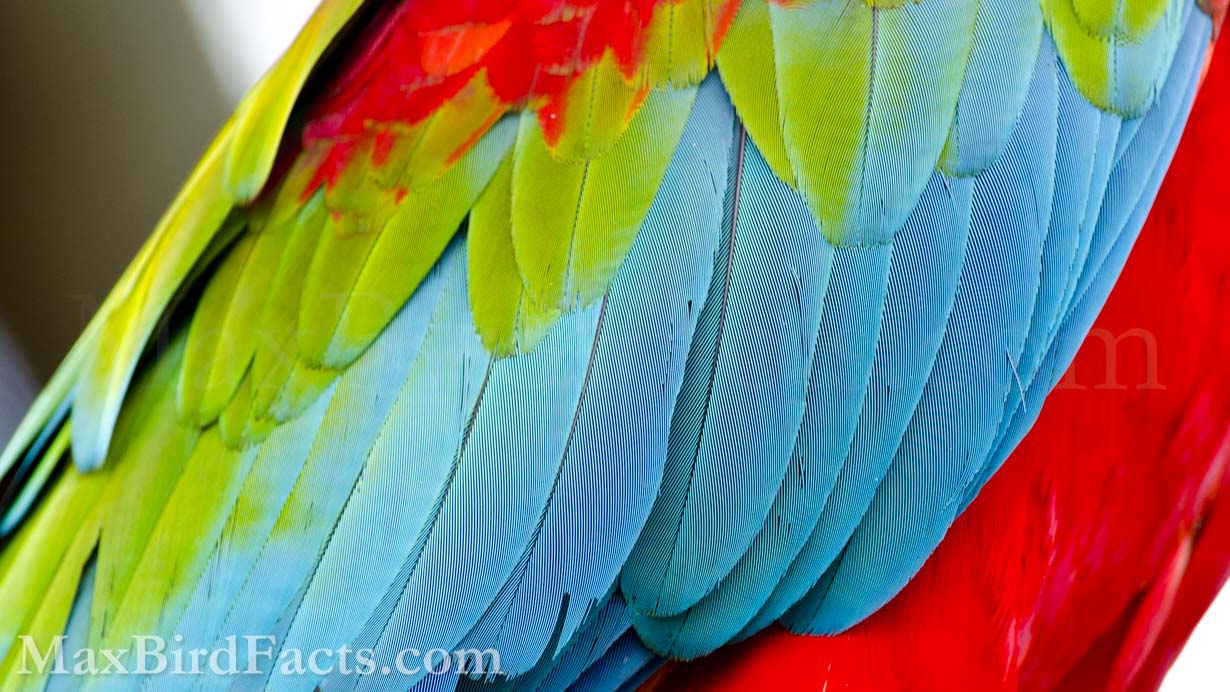
As we’ll discuss later in this article, colors act as an honest signal for birds. This allows members of a species to readily distinguish between adult and immature individuals, the sex of another bird, or adults that are more successful than others.
Still, before we answer the questions of what colors can birds see and why do birds have colorful feathers, I think it is vital to understand how these colors come about.
So, let’s dive into why birds are so colorful!
Pigmentary vs. Structural Coloration
To keep it simple, there are two methods by which birds gain their colors: pigmentary and structural coloration.
Pigmentary coloration provides the black, brown, red, orange, yellow, violet, green, and even ultraviolet fluorescent aspects. These colors are created through the wavelengths of light that are absorbed and reflected off the feather.
For example, the red plumage of an adult male Northern Cardinal comes from beta-carotenoids he consumes from berries and seeds and then modifies to a fat-soluble state that feeds this red color into his feathers. The feathers reflect the red wavelength, 580-650 nm, back to our eyes to produce this color.

The other colors created through pigmentary coloration stem from amino acids that birds synthesize. These colors still require the bird to be healthy and eat a nutritious diet, but they don’t directly come from the environment.
Structural coloration provides white, blues, and iridescent aspects. The difference here is rather than absorbing and reflecting light, structural coloration refracts and bends light to create its colors.
The microscopic structure of the feather is the key to how refraction works. Differences in the spacing of keratin molecules and the lack or presence of air pockets on the feather’s surface create this refraction.
Like reflecting, refraction must still fit within a specific wavelength of light to produce the required color. For example, the blue aspect of an Indigo Bunting falls into the 450-485 nm wavelength.
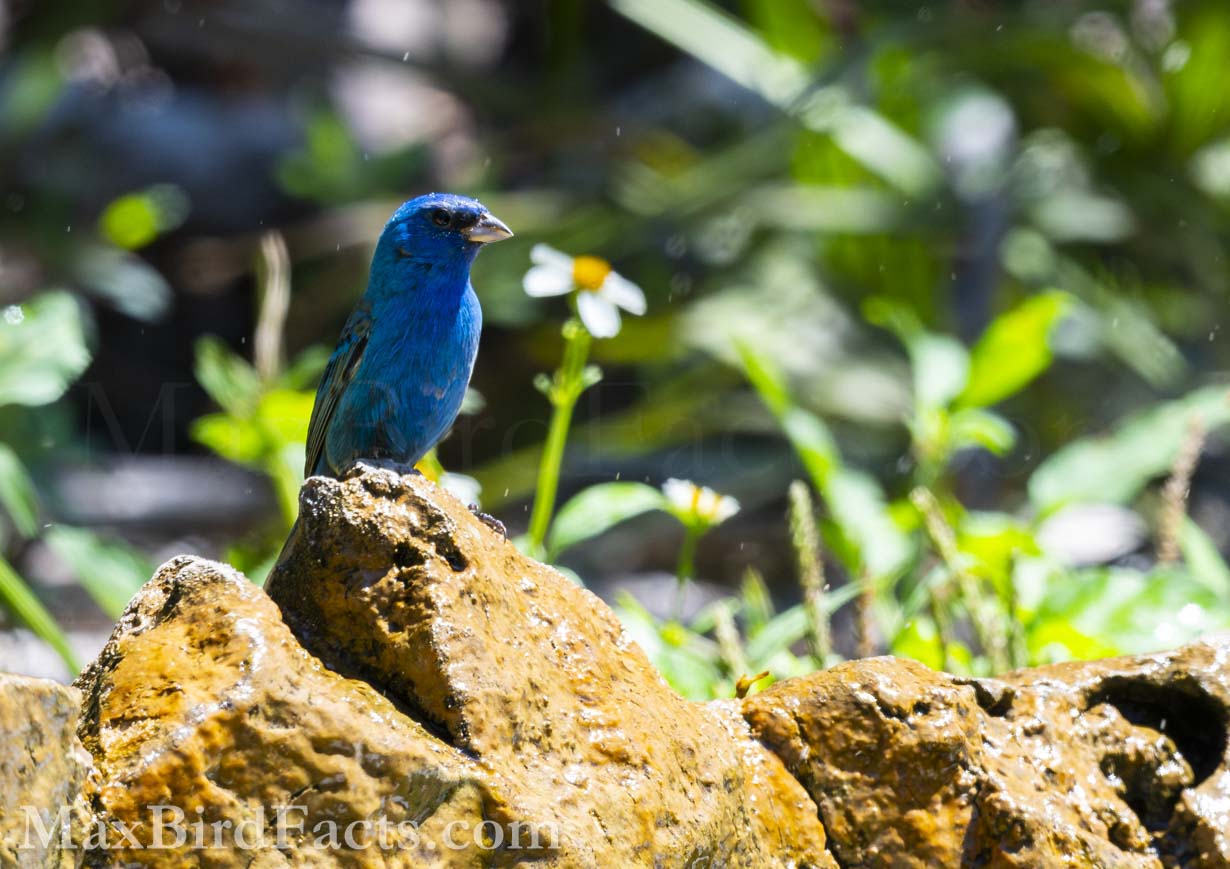
These birds must maintain their structural color through rigorous preening. If the surface of their feathers isn’t perfect, their overall plumage will suffer in appearance.
One of the most striking aspects of the avian world is iridescence. Highly structured and organized arrangements of melanin in the microscopic barbules of the bird’s feathers create this flashy display.
This is why iridescent feathers look black at first and then flash in glittering greens, blues, violets, and purples when the light hits them just right.
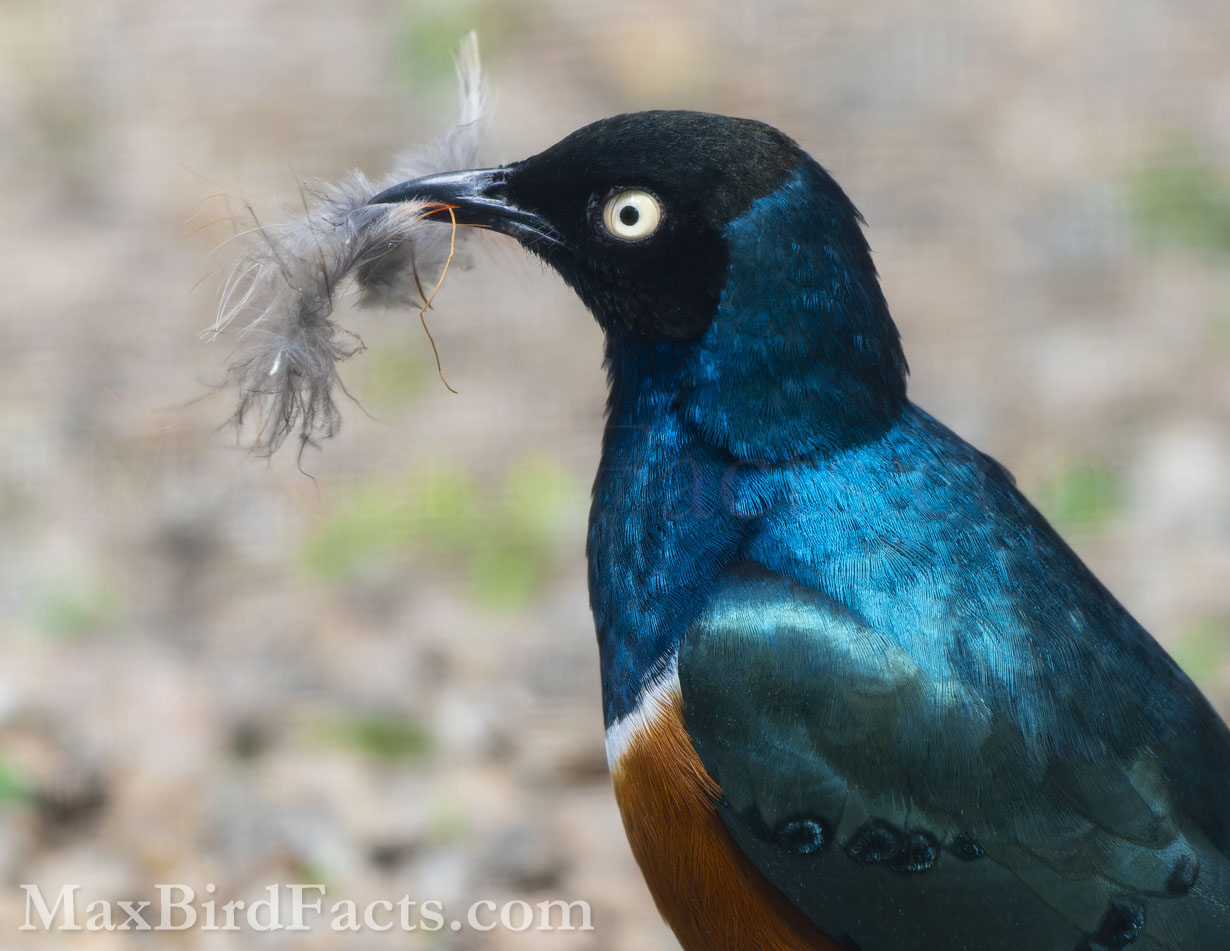
If you want to learn more about how pigmentary and structural coloration function and discuss this topic in-depth, check out my article Structural Color vs. Pigment Color—Reflecting or Refracting Light!
Why Do Birds Have Colorful Feathers – Honest Signaling
Starting with honest signaling, let’s return to our earlier example of the Northern Cardinal for pigmentary coloration.
An honest signal is where the relayed message cannot be faked to the receiver. Let’s take two Northern Cardinals; I’ll shorten them into their banding code of NOCA.
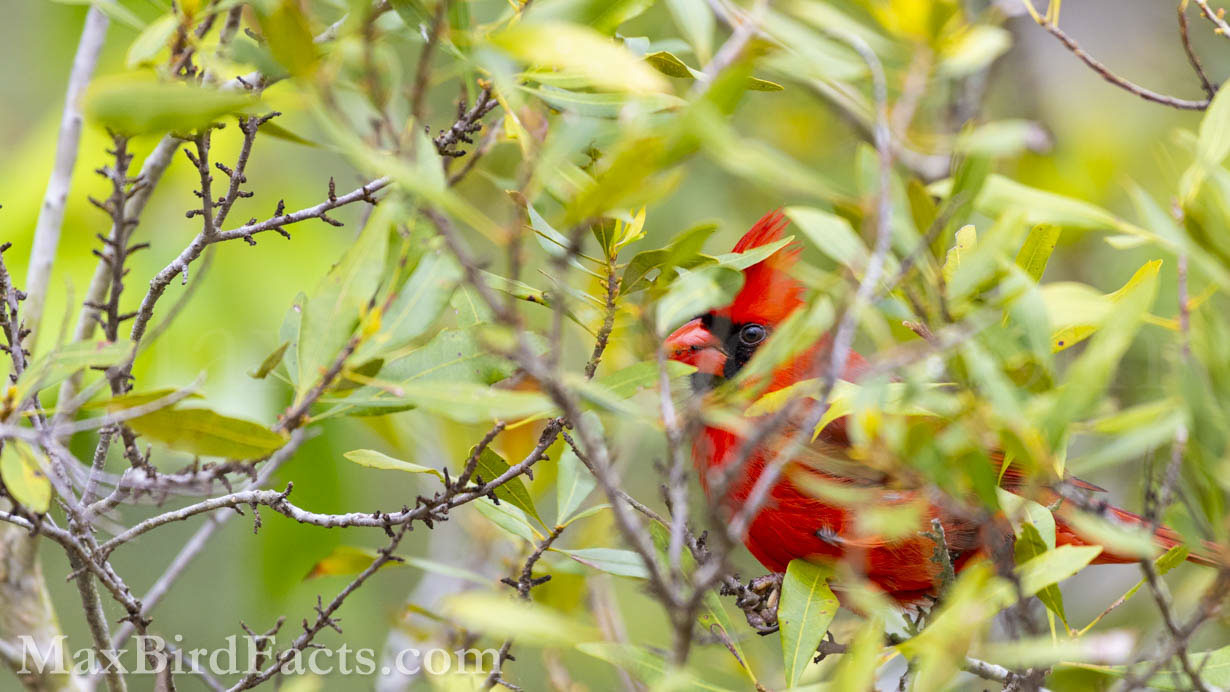
NOCA 1 is an adult male with ample berry bushes in his territory that provide plenty of beta-carotenoids for his red aspect. NOCA 2 is also an adult male with fewer berry bushes in his territory, so his plumage isn’t as brilliant as NOCA 1’s, but NOCA 2 has a richer-sounding song than NOCA 1.
When NOCA 1 sings to attract potential mates, he is reasonably successful with his song. Still, once the female sees his plumage, she knows he has a high availability of quality food and will likely provide successful offspring.
When NOCA 2 sings, his superior repertoire attracts many more females to his territory. However, when they see the state of his dull and drab plumage, they know he lacks sufficient food for his own needs and will likely fail to provide enough for his offspring.
These two birds show the usage of honest and dishonest signals.
The honest signal for both was their plumage, with NOCA 1 having brilliant scarlet and NOCA 2 having dull red. The females could quickly gauge each bird’s success based on its plumage.
The dishonest signal was the songs, where NOCA 2 sounded better and attracted more females, and NOCA 1 was just average and only drew a few. This dishonest signal allowed NOCA 2 to entice more potential mates to inspect his plumage and territory because he sounded more impressive than he appeared.
The need for honest signals is so birds can determine if their potential mate will provide them with successful offspring. This is a vital requirement for female birds since they typically take on the brunt of the energetic load of creating the egg, incubating it, and feeding the hatchling.
If all the females had to go off of were the songs of the two birds in our example, NOCA 2 would likely have far more offspring than NOCA 1. However, the honest signal of NOCA 2’s poor plumage saved these females from a lower success rate with the survival of their young because of his lack of quality food.
Why Do Birds Have Colorful Feathers – Sexual Dimorphism
Our second category, sexual dimorphism, doesn’t apply to all species but does to a significant number.
Sexual dimorphism means there is a clear physical difference in a species’ appearance between males and females.
One of the best groups of birds to see this is among ducks, Anseriformes.
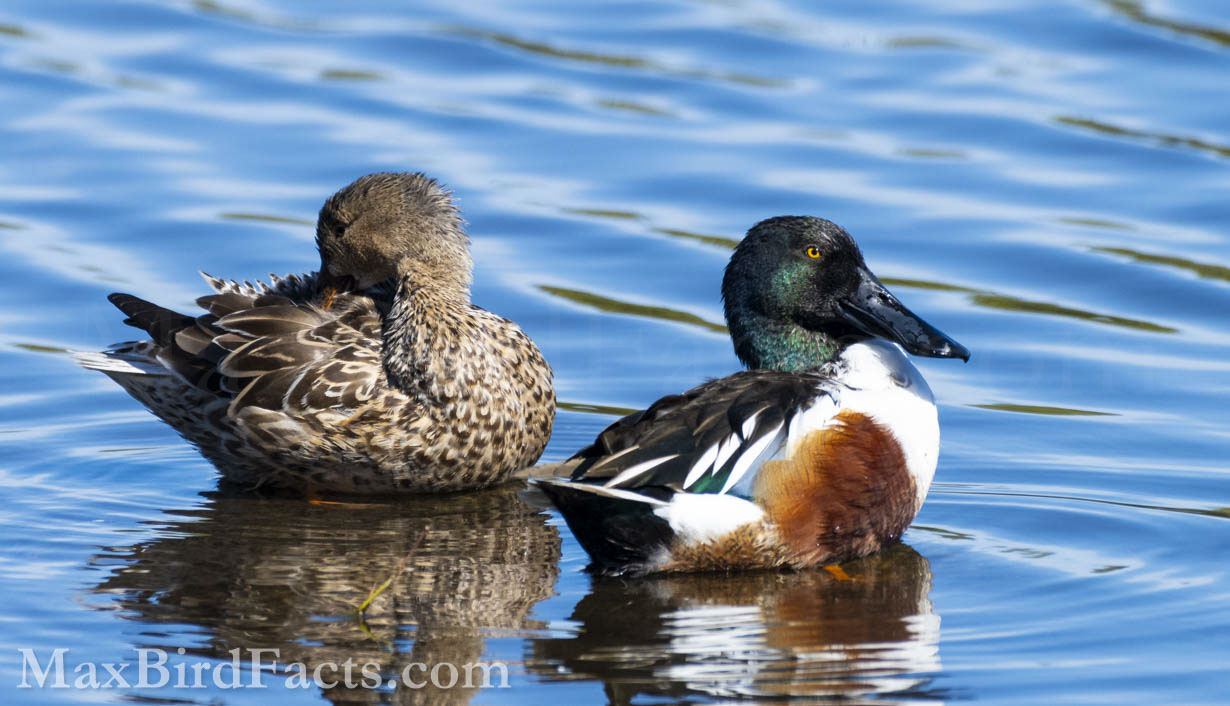
Male ducks have been prized for hundreds, if not thousands, of years because of their brilliant colors and patterns. However, females of these species tend to be much more drab, dressed in whites, browns, and blacks to help them remain hidden.
The males’ flashy appearances are an attempt to attract more potential mates, while the females try to stay in more neutral tones to hide better.
This fits with the parental roles of both sexes, where males try to attract as many mates as possible to ensure his genetic success, while females tend to do most, if not all, of the rearing of the young. This might seem unfair at first glance; however, there are trade-offs for both sexes.
Let’s use Wood Ducks as an example, and we’ll use their banding shorthand of WODU to simplify.
Male WODUs must maintain a dazzling display of blue, green, purple, and iridescence to attract a female; if there is even the most minor flaw in how he keeps his plumage, the females might pass him by.

All of this color makes the male WODU stand out exceptionally well, even in thick vegetation. This excessive display is vital for females to spot the male, but it also makes him much easier for predators to locate them.
The energy costs of constant preening aren’t equal to those of egg development and rearing young, and this additional cost on the female’s part is why the male needs to be so showy.
Simply put, the increased risk of a predator spotting a male WODU comes with the reward of a higher probability of attracting a mate.
Now, contrast this with the female’s plain colors. Her overall soft brown plumage with white on the throat, base of the beak, and around her eyes is basic but vital to her role.
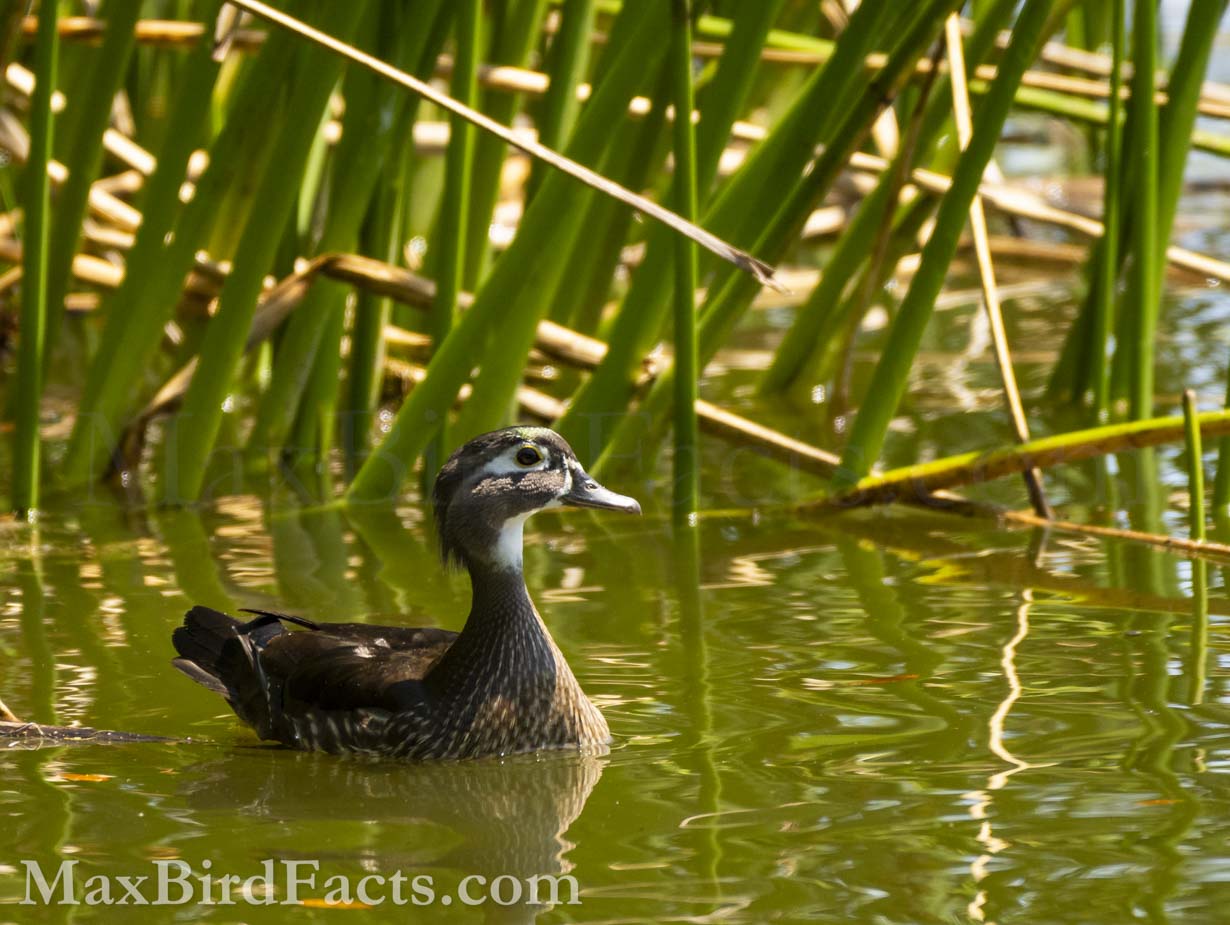
The female WODU’s plumage does have minor splashes of color, with slight green iridescence in the crown and deep blue patches on her wing coverts and speculum. However, both of these areas are much duller than those of the male WODU, and she can easily hide them when needed.
With this color scheme, the female WODU perfectly blends in with the vegetation around her, making her much more difficult for predators to locate.
And this leads us perfectly to the next reason for avian coloration: crypsis.
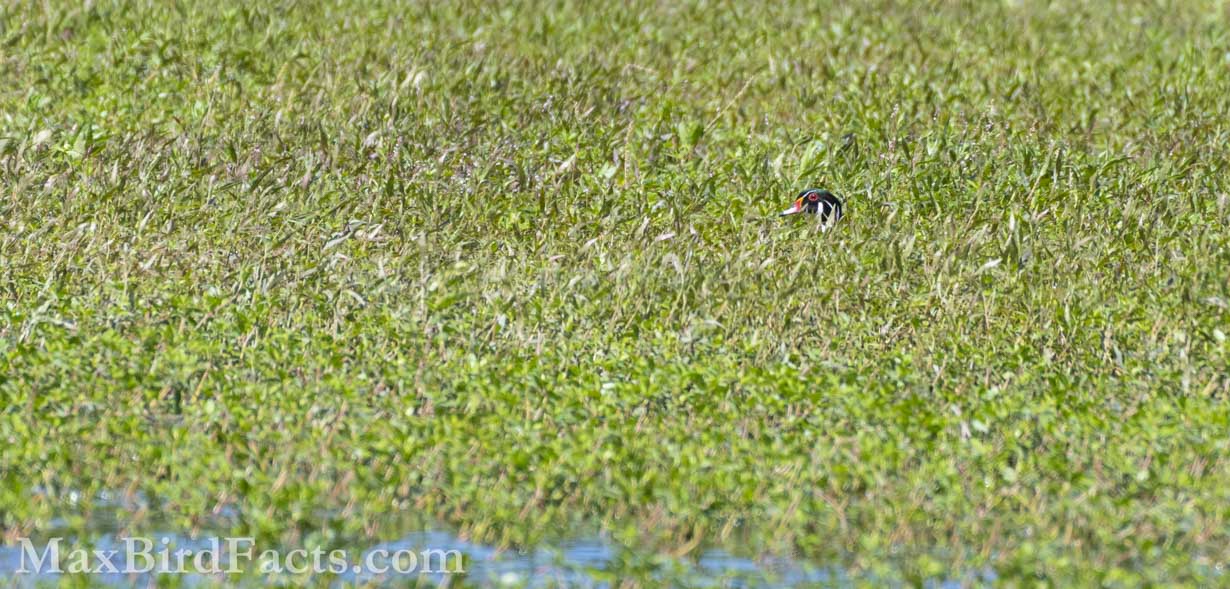
Why Do Birds Have Colorful Feathers – Crypsis
While crypsis, or camouflage, may not seem very colorful, the precision and tone of this coloration must be perfect for it to work.
There are two primary forms of crypsis: disruptive coloration and countershading.
Continuing our previous example of Wood Ducks (or WODU), we can see how well the female duck blends in with her ecosystem: the same warm brown tones that dominate her plumage mirror that of the water in many forested lakes that this species prefers.

If we look at more delicate details, her vertical barring or pinstripes on her chest and belly help break up her image while in reeds or cattails. The female WODU is a classic example of disruptive coloration, where patterns on the bird are designed to break up its image to confuse predators. This is enormously vital when she is raising her chicks.
If the female WODU gives away her position to predators, she could risk her more vulnerable chicks becoming a hawk’s snack, wasting all of the energy and time it took her to raise that chick.
Disruptive coloration isn’t just for animals that fall victim to becoming prey; species often use camouflage to be exceptionally adept ambush predators.
Birds like the American Bittern have coloration and patterns in their plumage that mimic the cattails and rushes that they inhabit.
When a Bittern stretches its neck and body out and points its beak to the sky, the broad, vertical bars of brown and creamy white make it disappear into the background of tall stalks.

Other groups of birds rely on disruptive coloration to be lethal predators as well.
Owls, order Strigiformes, have incredibly well-designed cryptic coloration for their plumage. Notably, the Eastern Screech-Owl has three color morphs to match the different environments within their range: red, brown, and gray.
When perched in the appropriately colored tree, Screech-Owls completely disappear among the bark and shadows from the canopy above. This allows them to rest throughout the day without being bothered by mobbing songbirds and to strike from a hidden roost when ready.
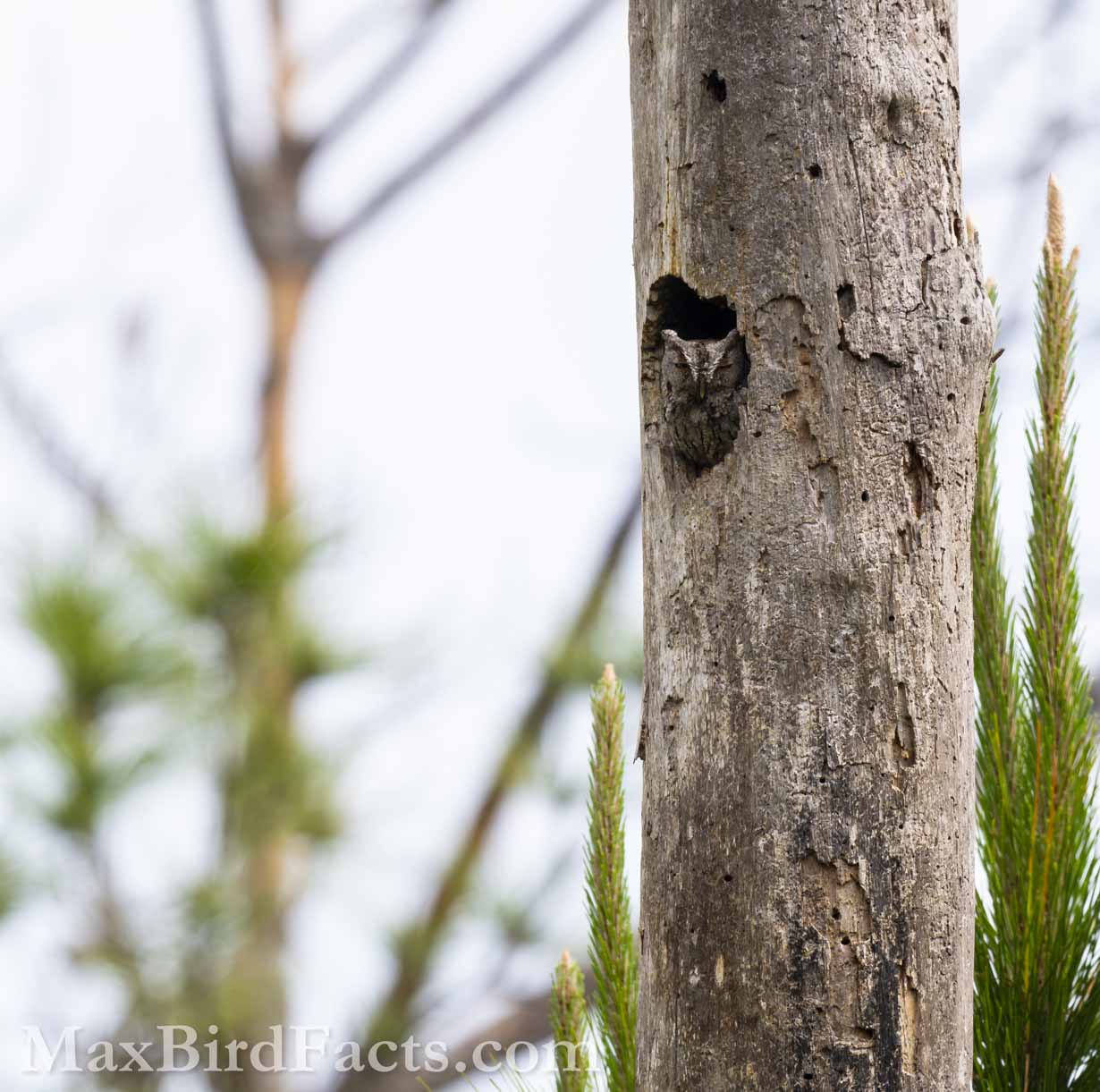
The other form of crypsis, countershading, is where the bird is darker on its dorsal side (back) and lighter on its ventral side (belly).
The best example of this is among Penguins, order Sphenisciformes.
Using a Chinstrap Penguin as our example, it is dark above and white below to be effective against predators and prey.
While swimming in the freezing Antarctic waters, the Chinstrap’s back blends in with the dark waves for any passing Skua above, and its white belly matches the sky above for any lurking Leopard Seal below.
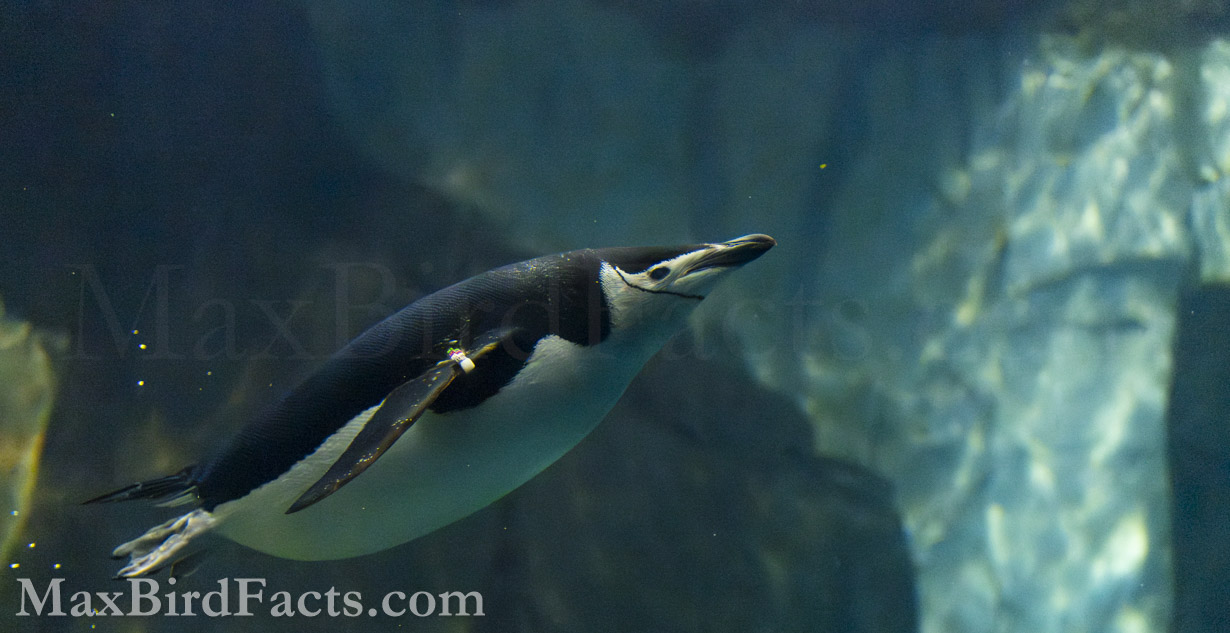
Though this seems simplistic, countershading is an incredibly useful form of crypsis. An additional benefit for penguins, in particular, is more efficient thermoregulation, where their black back feathers absorb more heat from the sun and allow the birds to use less energy to maintain their internal temperature.
Countershading is also an effective method of camouflage for predators.
Consider the Osprey, whose dorsal aspect is dark and its ventral is white. This works perfectly in its favor, as it can evade high-soaring Bald Eagles that typically harass them and steal their catch while hiding its shape from fish in the water below.
Why Do Birds Have Colorful Feathers – Age Discernment
You’ve probably noticed this marked in nearly any field guide describing a species’ plumage, where notable differences exist between an immature/juvenile and an adult.
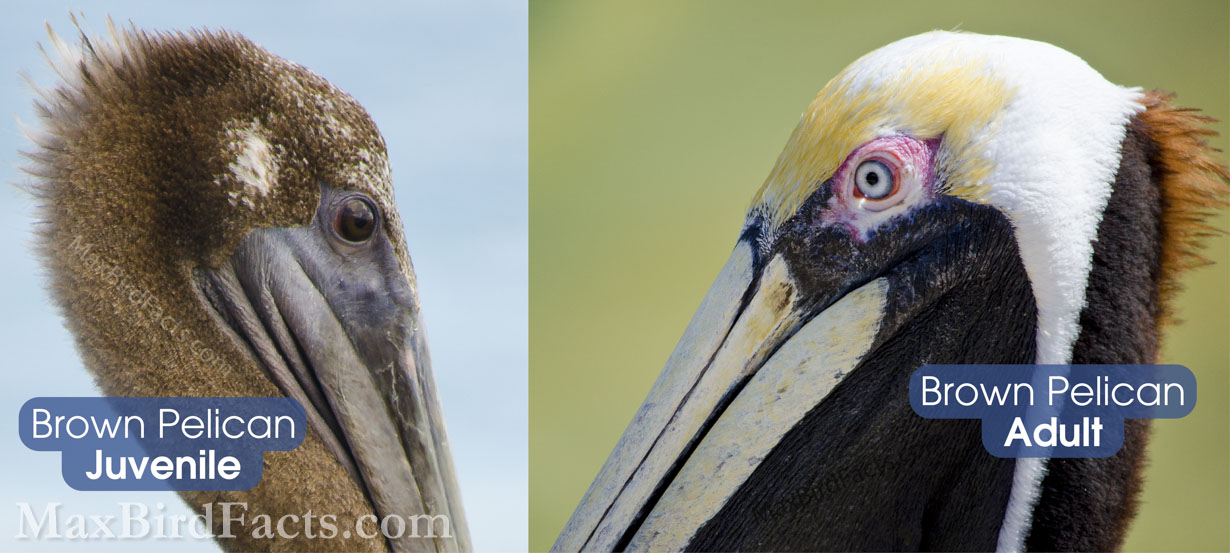
While this is useful for determining what species and life stage we’re examining, it is paramount for birds.
A bird’s ability to quickly recognize another bird’s age is just as vital, if not more so, to determining that bird’s sex. If the other bird is immature, displays and aggression would be wasted on it.
An adult male bird uses nearly 50% of its daily energy just singing during the breeding season, and the additional costs of chasing rival males and charming females means they need to be as efficient with their energy expenditure as possible.
So, if a juvenile male bird flies into its territory, the dominant male can quickly tell that this young bird poses no threat and can simply ignore it, saving the energy it would take to chase off the immature bird.
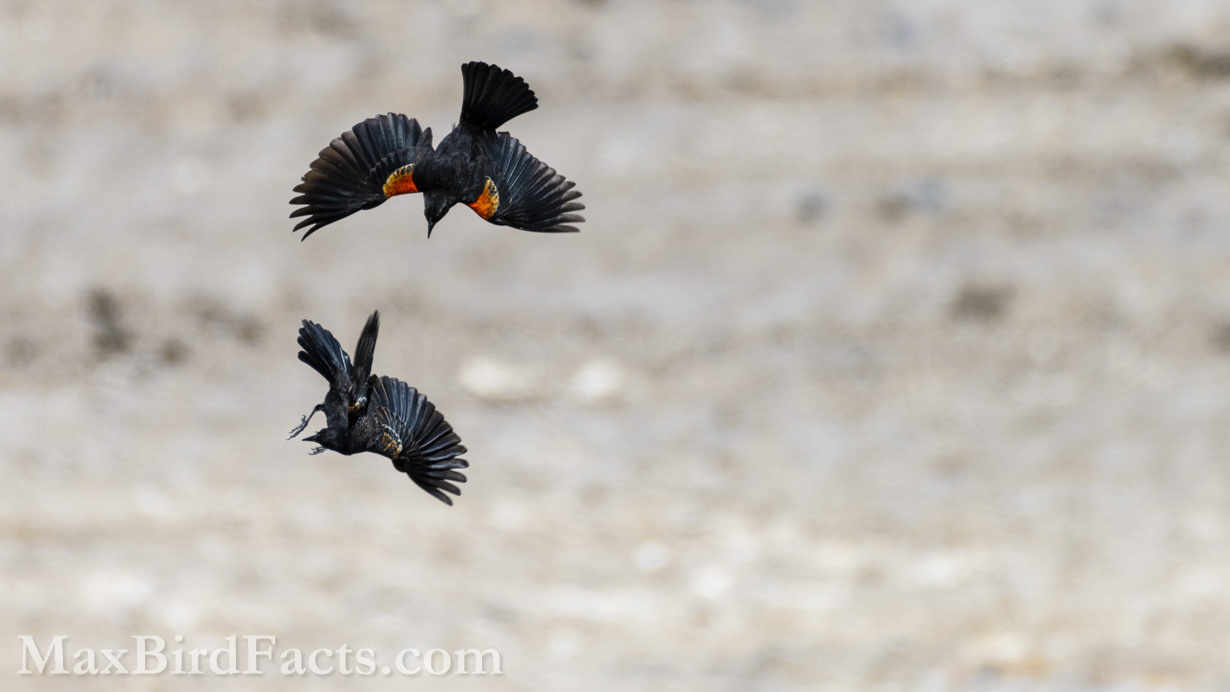
This also tells female birds when males are old enough to be taken seriously.
Young males often practice their songs, which might trick a female into investigating. However, once she arrives, she can quickly tell this young bird isn’t ready and can move on to a more suitable mate.
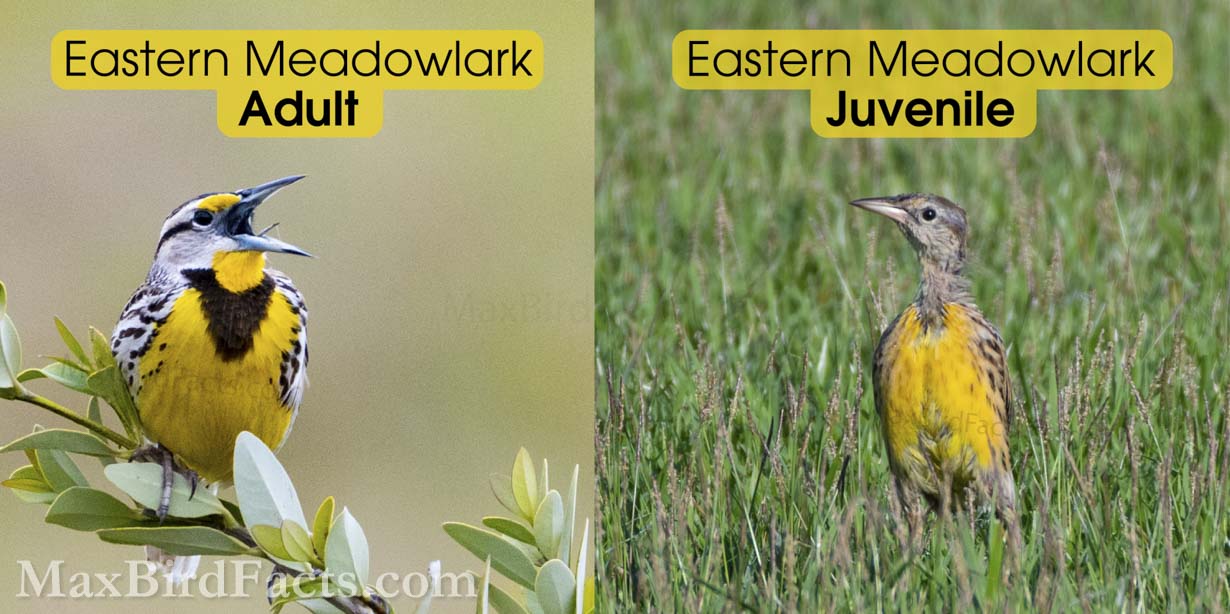
What Colors Can Birds See
The colors birds see are another amazing adaptation of avians. Birds have four types of cones in their retinas, allowing them to see all the shades of colors we can with the addition of ultraviolet light.
As I mentioned, some birds have feathers that fluoresce under ultraviolet light, but all birds have the fourth cone, allowing them to see this wavelength we cannot.
The actual reason why birds can see ultraviolet light is unknown, but an interesting hypothesis is that birds of prey can see urine trails left by rodents. It’s unlikely these raptors could track down their prey strictly off these trails, but it might be a vital cue on the prey density of an area.
This theory holds some truth, where Owls are among the few groups that show ultraviolet fluorescent plumage along their flanks. This could be a marker for silent signaling while in flight to other Owls nearby or between a pair hunting together.
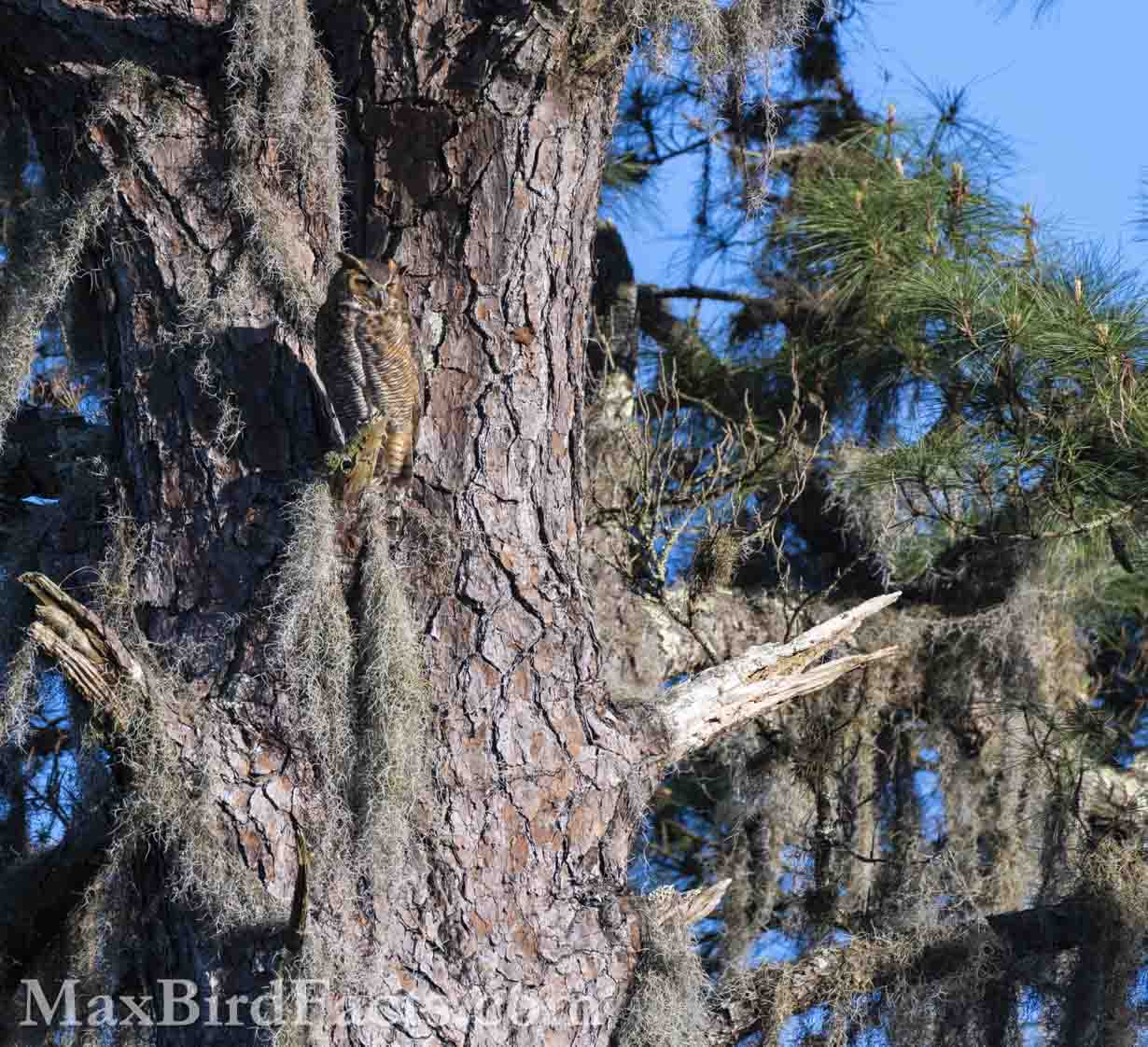
Another reason to see this invisible spectrum is that Owls can identify each other without making their presence known through vocalizations or other displays. Owls rely so heavily on their near-perfect camouflage that this imperceptible signal fits perfectly where their prey can’t detect the bird until it’s too late.
Fruit and flowers also increase in fluorescence as they ripen and bloom. This increase is vital for frugivores to know when a fruit is ready to eat for its maximum nutritional value or for hummingbirds to know when a flower is producing enough nectar to be worth feeding from.
Even in the spectrums of light we can witness, birds show dazzling displays. Structural blue, diet-specific red, and amino acid-based green make the well-named Painted Bunting’s striking plumage.
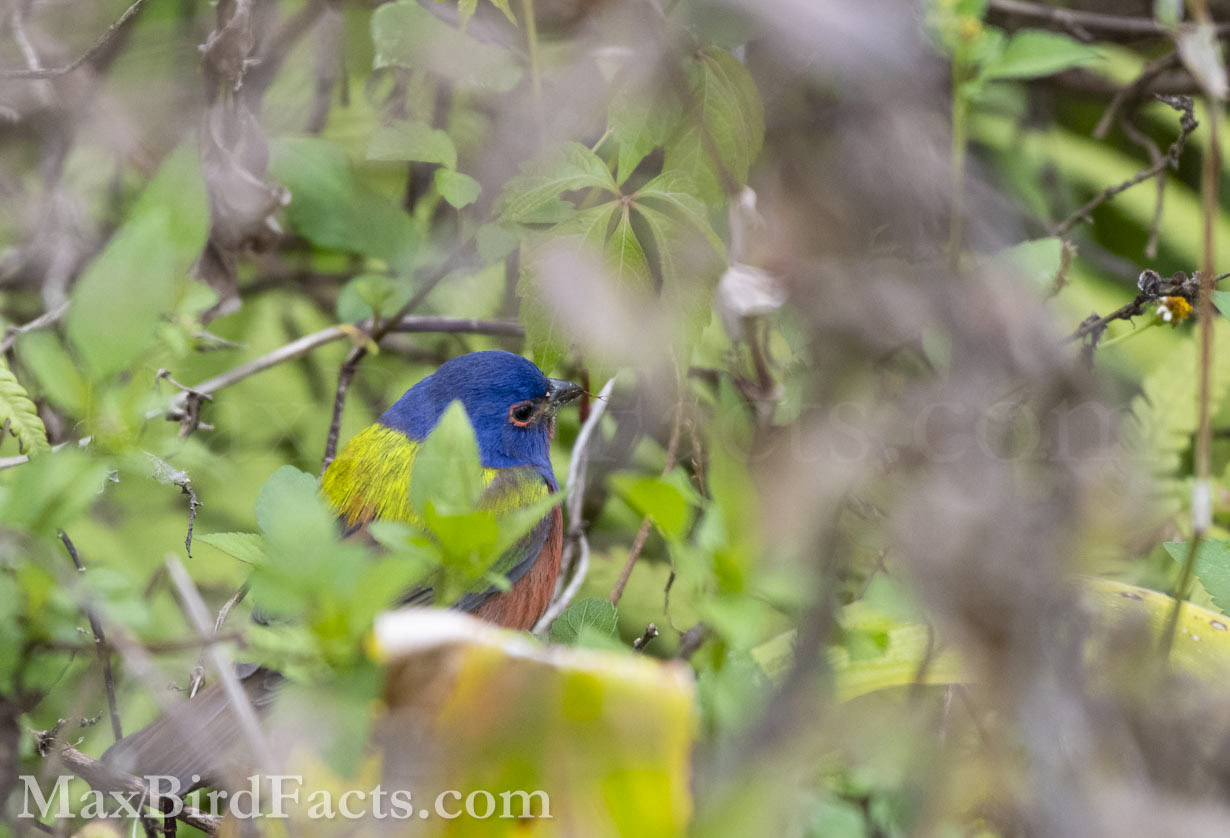
However, the color birds use to attract mates can also attract predators. For some species, the ability of a bird to conceal its bright plumage is vital.
Take, for example, the family of Blackbirds (Icteridae). Red-wing Blackbirds use black coverts to cover their crimson epaulets, the perfect streaked back of the Eastern Meadowlark to hide it from aerial predators, and the seemingly black plumage of the Boat-tailed Grackle until it catches the sunlight and reflects iridescent blues, greens, and purples.
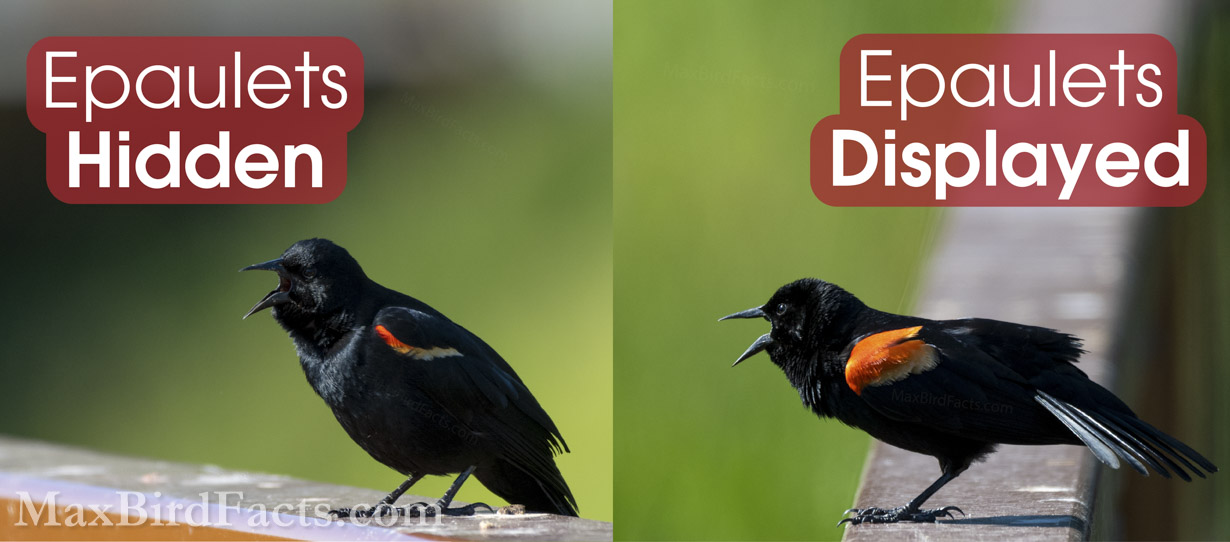
Still, all of these coverings are easily removed to show the bird’s color when the opportunity arises: the Blackbird’s coverts fold out of the way, the Meadowlark throws its head up in song to reveal its brilliant yellow throat and breast, and the Grackle perches in sunlight to sing and glitter.
Regardless of how they are dressed, birds of all kinds use mixtures of colors and patterns to attract the attention of females so they can be successful.
Now We Know Why Birds Have Colorful Feathers & What Colors Can Birds See!
Birds can see all the colors we can, with the addition of the ultraviolet light spectrum from a fourth cone in their retina.
We now know the four reasons birds have colorful feathers:
- Honest signaling—showing the success of an individual through a method that cannot be altered or falsified to a potential mate
- Sexual dimorphism—male and female birds are readily distinguished based on the color and complexity of their plumages
- Crypsis—the ability for female birds to hide better to increase the survival of their offspring, for predatory birds to be more successful, and for prey birds to evade predators through countershading
- Age discernment—knowing when an individual poses a threat to a male’s territory and for a female to know when a male is mature
We also know the differences between pigmentary and structural coloration and how birds use them in conjunction to create the elaborate plumages we love so much.
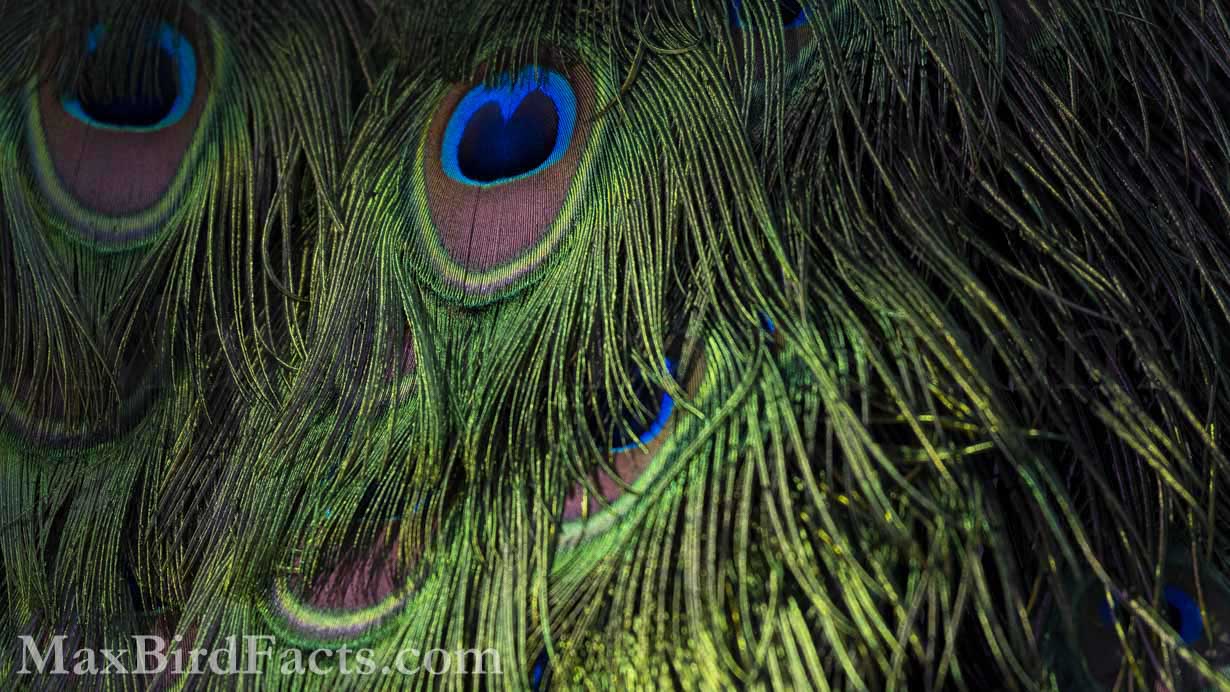
Color is a major component of what makes birds so unique. Very few mammals, reptiles, and amphibians show the same level of coloration we find in birds.
Yes, there are groups like the Poison Dart Frogs of Central and South America that are incredibly colorful. However, I prefer to watch a Baltimore Oriole sing at the top of a tree rather than trek through the Amazon Rainforest in search of a poisonous amphibian around the size of my thumbnail.
And yes, there are very colorful fish and invertebrates, both aquatic and terrestrial, that might rival avian plumage. Still, birds are much easier to observe than tiny, quick-moving insects or fish that require entering their alien world to see.
The simple fact that I can walk outside my home and, with nothing but my eyes, locate a Cardinal on a branch or a Bluebird singing on a wire points to how easy it is to understand our fascination with these amazing creatures.

Thank you for taking the time to read this article. If you have ideas or suggestions for topics you would like me to write about in the future, feel free to leave a comment below or email me!
If you enjoyed this article, please subscribe to my email list to be the first to know when I post new articles!
Get Outside & Happy Birding
Max
Discover more from Welcome to MaxBirdFacts.com!!!
Subscribe to get the latest posts sent to your email.
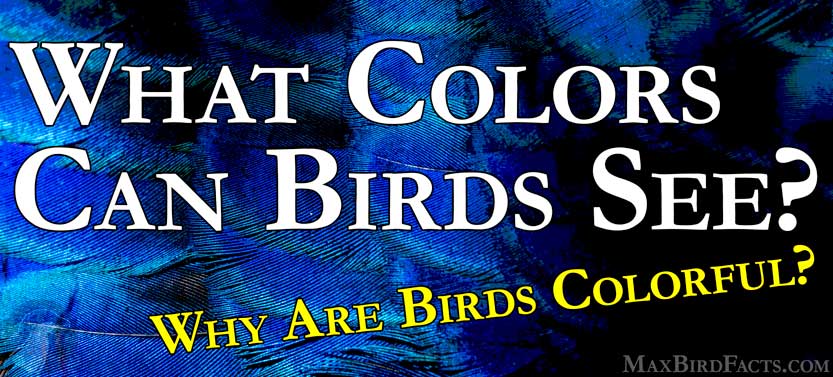
Love your articles.
Thank you, Laura! I’m so glad you enjoy my articles!